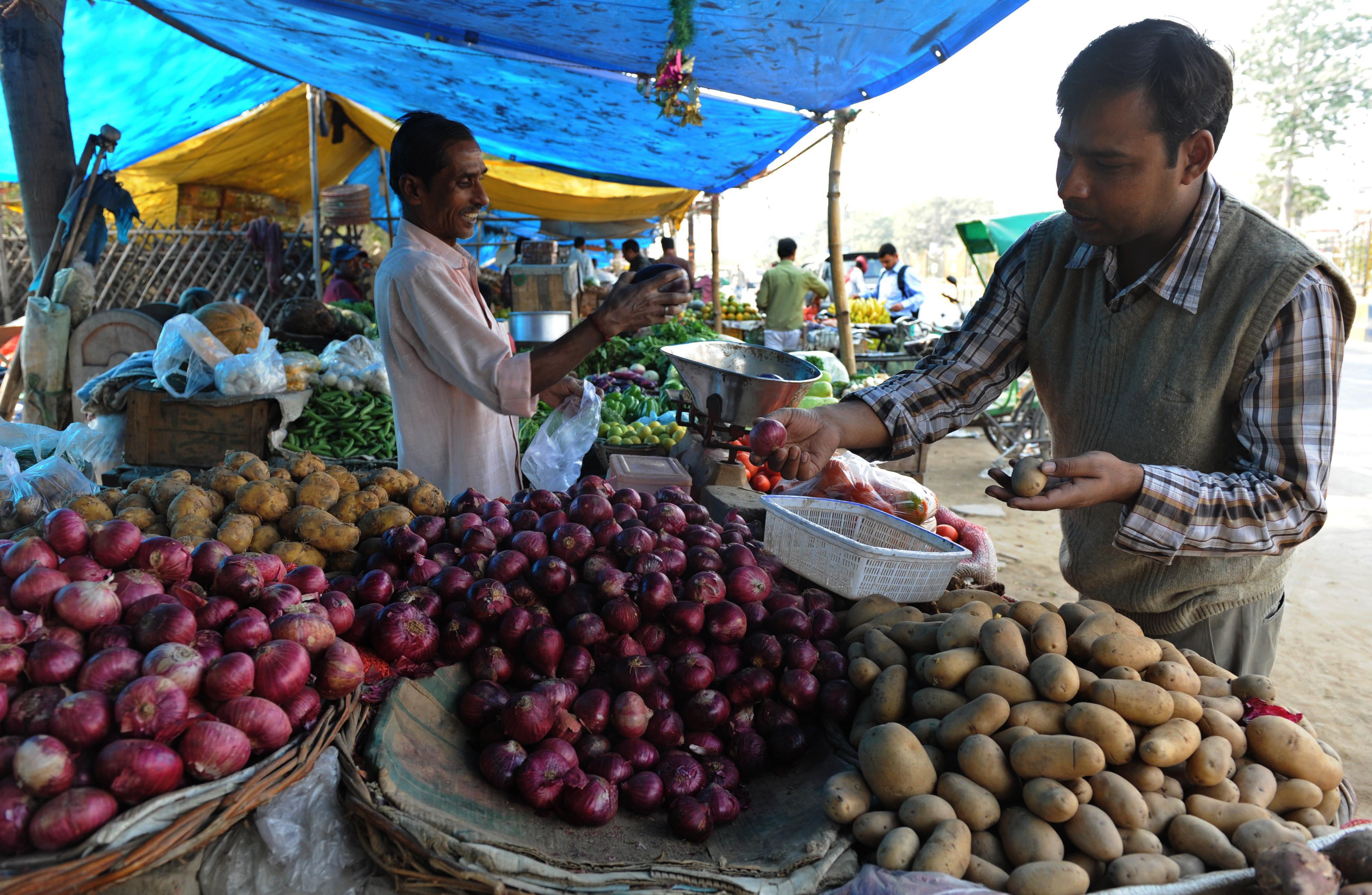Even as the developed world appears to be hurtling off a new economic cliff, the world continues to see robust growth in many poor and middle-income countries and this can mean growth opportunities for western firms. A big new horizon in that regard may be opening up soon as India’s government announces plans to eliminate rules prohibiting or curtailing foreign investment in the retail sector. That means most of all a possible influx of western supermart brands – WalMart from the US, Carrefour from France, Tesco from the UK – into an Indian economy that’s been grappling with skyrocketing food prices. James Fontella-Kahn explains in his FT coverage that “only about 8 percent of urban India retail spending takes place in the ‘organized’ sector” with the rest of the supply-chain in the hands of a confusing array of “tens of millions of middlemen” who constitute a powerful lobby that’s backed these protectionist rules.
The hope is that western firms will not only offer customers a more attractive retail experience, but that they have more knowledge and capacity to do large-scale supply chain management. That would mean a higher share of rural produce making it to market with the introduction of modern shipping practices, and also more cooperate efforts to improve the volume of rural output.
All-in-all if it comes to pass it’s almost certainly good news for the average Indian. But note here a lesson in how globalization can drive inequality. India contains well over one billion people. So if we liquidate the interests of tens of millions of rent seeking middlemen and replace them with three or four or five executives in charge of Tesco India, Tesco Carrefour, and so forth then this should benefit the typical Indian household. But that handful executives is going to be much richer than any of the individual middlemen they put out of business. The top one percent will pull away from the 99 percent. But it would be a mistake, in this context, to obsess too much about that 99:1 divergence. The important issues are whether the typical Indian family near the median are making progress, and whether the poorest and most vulnerable Indian households are making progress. If they are, then there’s no particular need to begrude the fact that growth + economies of scale will create wild fortunes for a few people. And in India that’s more or less what’s been happening for the past twenty years and reforms like this should drive the progress further forward. The problem that specifically arises in the United States is that we’re not just getting inequality, we’re getting inequality without any big improvement in living standards throughout the bulk of the income distribution.
